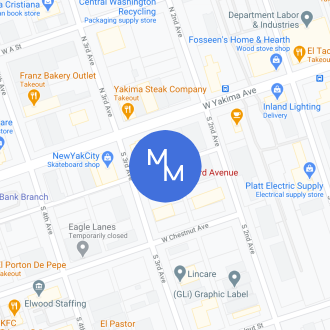Toward the end of the 20th century, public awareness was heightened to the dangers of driving while intoxicated through national campaigns by both the government and private organizations such as Mothers Against Drunk Driving, or MADD. While injuries and deaths caused as a result of drinking and driving are still far too prevalent, the public is at least aware of the danger.
As we embarked on the beginning of a new century, a new threat began to emerge — texting while driving. Although it sounds innocuous, it can be as deadly as, if not more than, drinking and driving.
For anyone under the age of 30, it’s hard to imagine a time when people could not communicate instantly through a cell phone. For those in the older generations, it’s hard to understand how we became so dependent on them to communicate. The ability to communicate so easily has created a culture that has grown accustomed to talking, and even texting, on their cell phones while driving — often with deadly results. Although talking on your cell phone is considered to be a type of distracted driving, texting is by far the more dangerous culprit.
Despite bans on the use of handheld devices in many states, including the State of Washington, drivers continue to engage in the behavior. Statistics vary by study; however, they consistently show that from 25 to 40 percent of drivers admit to some texting while driving and 5 to 25 percent admit to texting while driving on a regular basis. Opponents of texting while driving have often compared it to drinking and driving. According to a test done by Car and Driver magazine, they may actually have underscored the dangers of texting and driving.
Both an editor and an intern at Car and Driver magazine set out to test which was more dangerous — texting while driving or driving with a blood alcohol level of .08. In a vehicle rigged with a red light on the dash that would tell the drivers when to brake, they each performed baseline runs that produced average breaking times of 0.57 and 0.45 seconds. After that, each one drove the same course while reading a text message and then typing a text message. They then drove the course after consuming enough alcohol to reach a BAC of 0.08. The reaction times when under the influence of alcohol rose to 0.64 and 0.46; however, the time it took the pair to brake while engaged in texting rose to 1.36 and 0.52!
Of course, this small test was far from a controlled scientific experiment, but it is hard to argue with those results. Until people fully understand the dangers of texting while driving, people will continue to engage in this potentially deadly behavior, which will continue to put everyone else on the road at risk.
If you have been injured in a Washington State accident and you believe that someone else’s texting while driving, or any other driver distraction, played a part in the accident, you may be entitled to compensation for the injuries you sustained. For more information, or to schedule a consultation, please contact the attorneys at the Mariano Morales Law at (509) 853-2222 and let us put our years of experience and compassion to work for you and your family. You can also use our online contact form.


